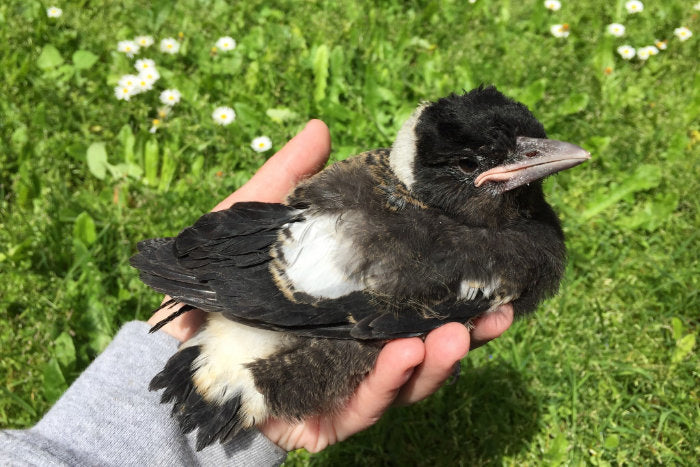Exploring the Overlooked Dangers of Pets and Birds Interacting
Posted by The Magpie Whisperer on

In a perfect world, it would be great if birds could hang out safely with our beloved dogs and cats. But, sadly, that's just not how things work out. Even though those videos and pictures of them mingling might seem adorable, we've got to ask ourselves: Is that cuteness worth risking harm to the birds or our furry pals? It's important to realise and deal with the often underestimated danger when pets and birds mix it up. When you take a closer look, there are serious risks that strongly suggest we shouldn't be encouraging these kinds of interactions.
Potential Aggression from Pets
When birds and pets engage in interactions, there's always the looming possibility of things escalating into something more serious. Given that dogs and cats are wired as predators, they might instinctively perceive birds as fair game. In the blink of an eye, a dog's or cat's predatory instincts can kick in. Despite the playful nature of the interaction, the outcome can turn deadly in an instant.
The urgent need to prevent interactions between birds and pets altogether is emphasised by the fact that a single swift snap from the powerful jaws of a dog or cat can fatally injure a bird, leaving it with little chance of escape.
Loss of Fear Response
The Overlooked Threats of Cat Saliva and Scratches
Often, people don't realise the potential dangers lurking in cat saliva. It's not just a harmless lick or nibble; even a minor scratch or bite from a cat can introduce harmful bacteria into a bird's system. These bacteria can trigger severe infections, which, if left untreated, could prove fatal for the bird. It's a risk that's often underestimated but can have devastating consequences if not addressed promptly.
Potential Harm from Birds to Pets – Eyes at Risk
Birds, such as Australian Magpies, equipped with sharp beaks and talons, pose a potential risk to pets, especially when stress or threat triggers their defensive instincts. In moments of distress, birds may resort to using these natural weapons, inadvertently causing harm to domestic animals. This is especially worrisome when it affects a pet's sensitive eyes.
In the event of perceived danger, a bird's natural response might involve delivering a strong peck to the eye. Such an action can result in serious injury or even permanent damage to the pet's eye. Even a single peck can cause significant pain and potential long-term consequences.
Raising and Releasing Wild Birds Back Into The Wild
In conclusion, the seemingly innocent interactions between pets and birds pose significant risks that are often overlook. The urgent need to prevent harm to both pets and birds is evident, particularly considering the devastating consequences that can arise from even minor interactions.



